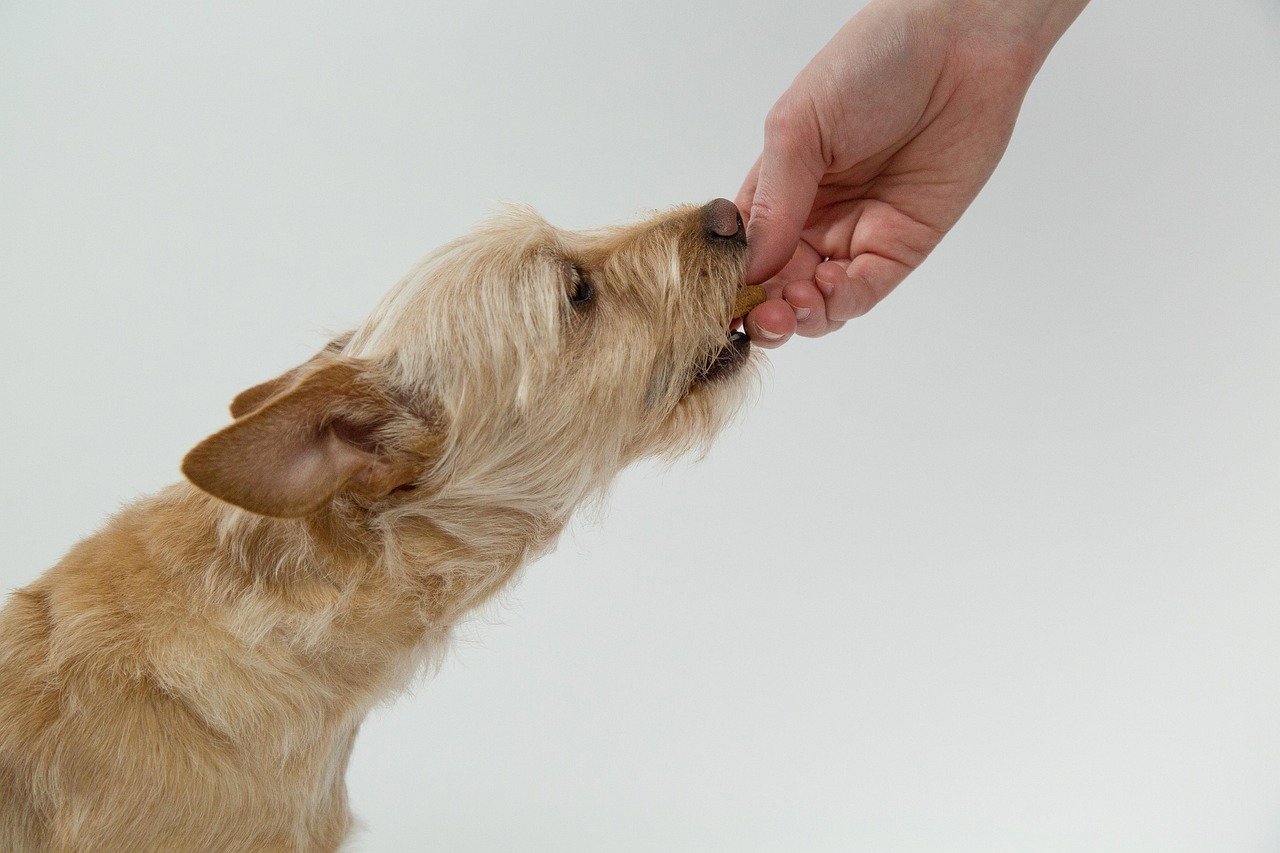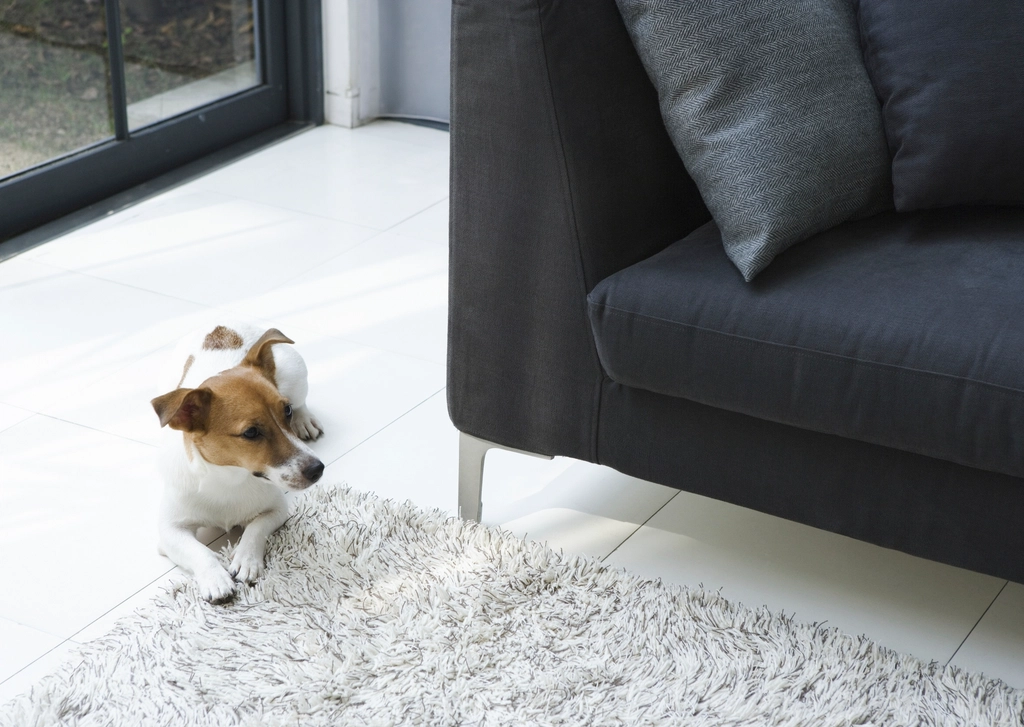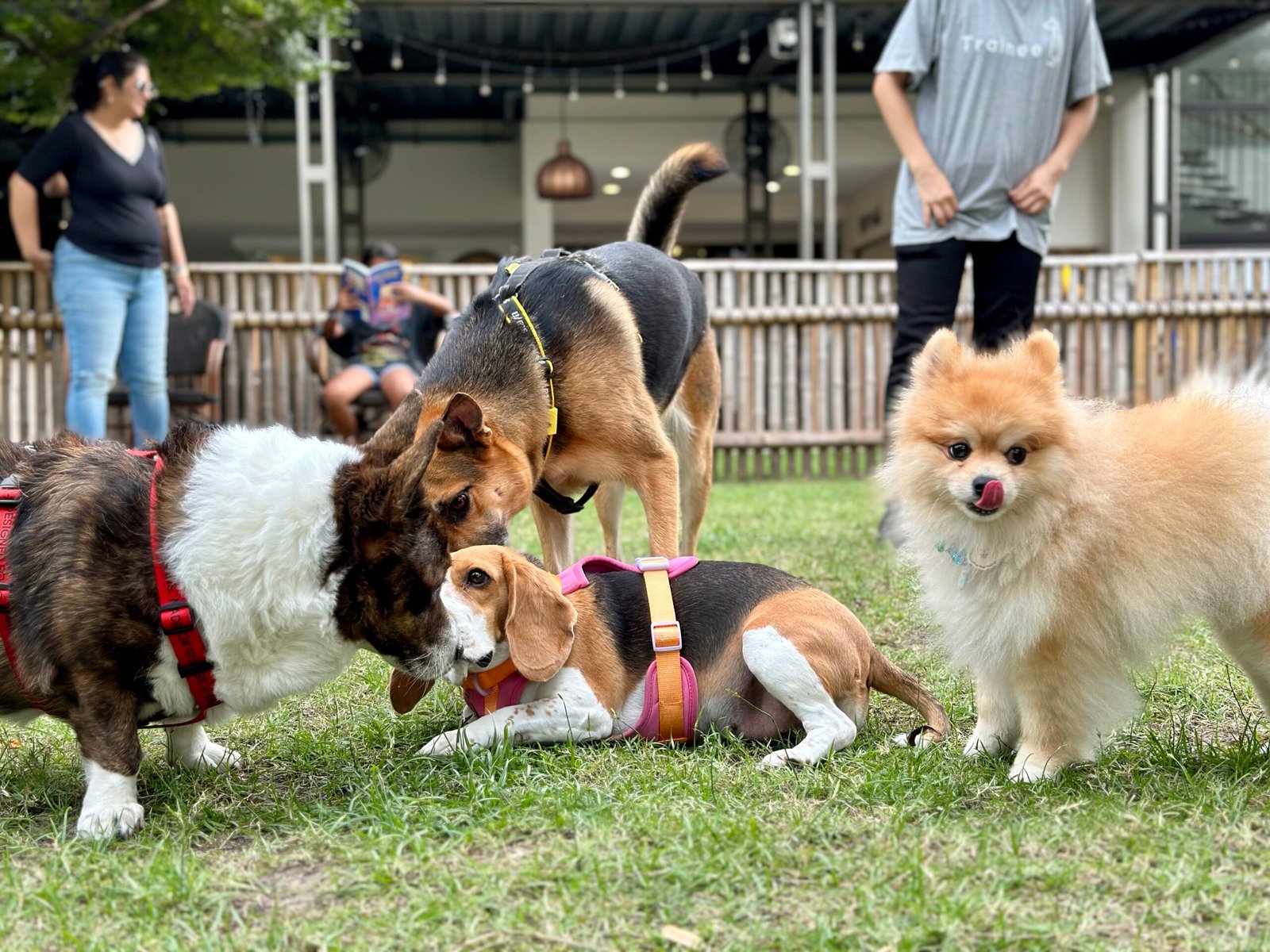If your dog follows you everywhere—even to the bathroom—you might be living with a classic “Velcro dog.” While their clinginess can be sweet, it’s important to help them develop healthy independence without making them feel rejected. Start by building their confidence with solo playtime, puzzle toys, and gradual alone time. Use positive reinforcement to reward calm behavior when they’re not glued to your side. Teaching cues like “stay” or “place” can create boundaries while still making them feel safe and loved. Remember, it’s about balance—giving them the emotional security they crave while gently guiding them to enjoy their own space too.
Understanding the Velcro Dog Personality
A Velcro dog is more than just affectionate—they’re the ultimate canine companion, wanting to be wherever you are, always. Some breeds, like Labradors and Cavalier King Charles Spaniels, are naturally more prone to this, but any dog can become a Velcro dog if they crave connection or have learned to depend on you for comfort. Their neediness can stem from their temperament, past experiences, or even a lack of confidence when left alone.
This constant closeness is sweet, but it can come with challenges. You might struggle to have quiet moments to yourself, or find it hard to focus on work or chores. Understanding that your dog’s behavior isn’t about stubbornness, but about love and maybe even a touch of anxiety, is the first step to helping them learn a little independence. It’s about finding balance—honoring their attachment without letting it become unhealthy for either of you.
Why Your Dog Clings: Common Roots of Velcro Behavior
Dogs stick like glue for several reasons. Sometimes, it’s just their nature—they’re born to be close. But often, velcro behavior is learned. Dogs may become extra clingy after a big life change, like moving house or welcoming a new family member. For rescue pups, past trauma or time spent in shelters can make them latch on out of fear of being left again.
Another reason dogs become Velcro is boredom or lack of stimulation. When a dog’s only source of excitement is you, they’ll want to be near you all the time. Separation anxiety can also play a role, turning ordinary clinginess into distress if you leave—even for a minute. Recognizing the root cause helps you respond with patience and creativity, instead of frustration.
Building Confidence With Positive Reinforcement

The secret to helping a Velcro dog is boosting their confidence. Positive reinforcement works wonders here. Start by rewarding your pup for calm, independent behaviors—even if it’s just lying quietly on their bed while you’re nearby. Use treats, praise, or a favorite toy as rewards. Timing is everything; catch them in the act of being chill and make a big fuss.
Gradually increase the distance and duration. Maybe first you’re just a few feet away, then across the room, and eventually, in another room with the door open. If your dog starts to follow, don’t scold—just calmly guide them back and reward when they settle again. It’s like teaching a child to ride a bike: small steps, lots of encouragement, and no pressure.
Creating Inviting Spaces Just for Them
To help your dog love their own company, make their personal space irresistible. Set up a cozy bed or crate in a quiet spot, filled with soft blankets and their favorite toys. Sometimes, a sweatshirt with your scent can make them feel extra secure. The goal is to make this spot feel like a safe retreat, not a punishment or time-out.
Spend time with your dog in their space, offering treats and gentle praise so they associate it with good things. You might even feed meals or play games there at first. Over time, they’ll start to see their bed or crate as a happy place—and you’ll gain a little breathing room without guilt.
Setting Gentle Boundaries With Love
Teaching boundaries doesn’t mean shutting your dog out. Instead, it’s about inviting them to settle nearby, but not on top of you. Use simple cues like “stay” or “bed” to direct them to their space. Be consistent, but never harsh—your tone should be calm and reassuring, not stern.
If your dog jumps up or invades your space, gently guide them back to their spot and reward them for staying put. It might take time, especially if they’re used to being your shadow. Remember, you’re not rejecting them—you’re showing them how to be confident on their own. Think of it as teaching a friend to enjoy their own company.
Practice Short Absences to Build Trust

Start with tiny periods away from your dog, even if it’s just stepping into another room for a minute. Don’t make a big fuss when you leave or return—keep things calm and casual. This helps your dog learn that separations are normal and nothing to worry about.
As they become more comfortable, gradually increase the time apart. Try leaving them with a stuffed Kong or puzzle toy to keep them busy. Over time, your dog will realize you always come back, and being alone isn’t scary or sad. It’s like training for a marathon—you have to start slow and build up endurance.
Keeping Them Busy: Toys, Puzzles, and Activities
A bored dog is a clingy dog. Make sure your pup has plenty of ways to entertain themselves when you’re busy. Interactive toys, like treat-dispensing balls or puzzle feeders, are fantastic for keeping their mind engaged. Rotate toys regularly to keep things fresh and exciting.
Sometimes, a simple chew or a snuffle mat sprinkled with kibble can turn alone time into a fun game. If your dog enjoys chewing, safe bones or rubber toys can provide hours of satisfaction. Remember, mental exercise is just as important as physical activity—if your dog’s brain is busy, they’ll be less focused on following you.
Establishing a Predictable Routine
Dogs thrive on routine, and knowing what to expect can help your Velcro dog feel more secure. Set regular times for walks, meals, play, and rest. When your dog knows you always come back after leaving, and that there’s always another walk or cuddle session around the corner, their anxiety often fades.
Make your departures and arrivals as uneventful as possible. Avoid dramatic goodbyes or over-the-top greetings. Instead, keep things low-key to show your dog that coming and going is just part of everyday life. It’s amazing how much peace a predictable schedule can bring to a worried pup’s heart.
Encouraging Socialization and New Experiences

If your dog’s world revolves around you, it’s time to widen their horizons. Invite trusted friends over, or arrange safe, positive playdates with other friendly dogs. New faces and experiences help your dog build confidence and realize that there’s fun to be had, even when you’re not the center of attention.
Take walks on different routes, visit new parks, or try basic training classes. The more your dog learns to enjoy life’s variety, the less likely they are to fixate solely on you. Socialization isn’t just for puppies—it’s a lifelong skill that helps every dog feel safe and happy, no matter where they are.
Listening to Their Needs: Compassionate Communication
Sometimes, a Velcro dog is trying to tell us something important. Are they feeling anxious, unwell, or scared? Take time to observe their body language and behavior. If you notice sudden clinginess or other changes, it could be a sign of stress, illness, or a shift in your home environment.
Talk to your dog gently and offer reassurance, but also pay attention to what might be causing their distress. If you’re ever unsure, consult your veterinarian or a professional trainer. Listening deeply to your dog’s needs—spoken and unspoken—helps you respond with empathy and wisdom, not just rules.
Helping a Velcro dog respect your space doesn’t mean pushing them away—it’s about showing them that independence can be just as comforting as cuddling. With patience, gentle boundaries, and lots of positive reinforcement, your pup can learn to enjoy their own company while still feeling deeply connected to you. It’s all about finding that sweet spot where both of you feel secure. After all, a little space makes those reunion tail wags even more joyful!

Born and bred in South Africa, a Capetonian at heart. Amy-Leigh’s love for nature and animals was inherited from her Dad. He loves taking the family on road trips to experience nature at its finest; Amy-Leigh’s favourite being whale watching in Hermanus and spotting Kudu along the West Coast. Amy-Leigh holds a BA in English Literature and Communication Studies.





